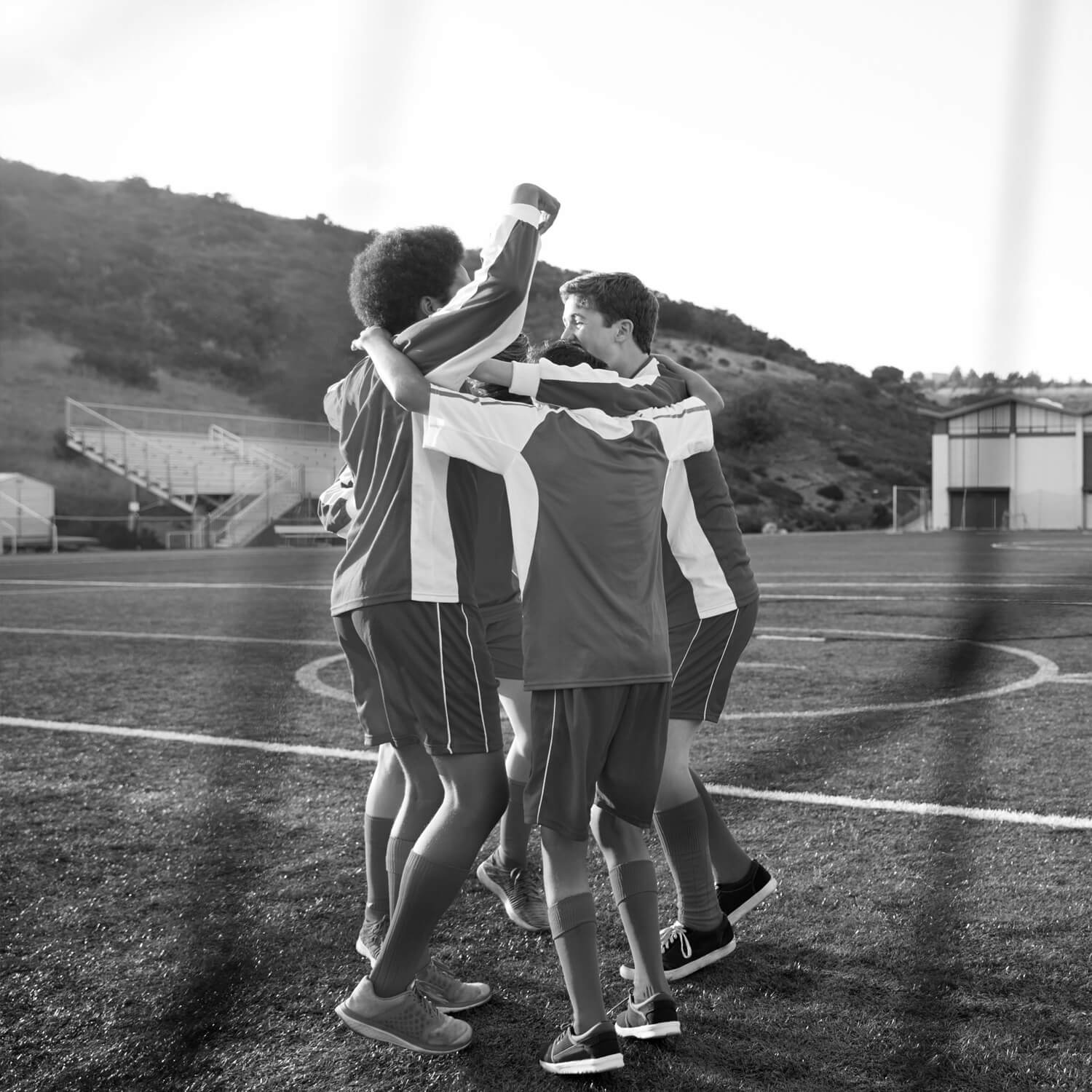DEVELOPMENTAL OUTCOME
Understands the importance of authentic grieving and flexible responses in the face of adversity
LEARNING INTENTION
Explore flexible thinking when faced with adversity
ASSESSMENT OPPORTUNITIES
Participation in ‘Space Jump’ activity
RESOURCES
Audiovisual equipment (optional)
MINDFUL MOMENT
BRAIN BREAK
REMOTE OPPORTUNITIES
If you would like to teach these activities remotely, please find below the links to this content on SeeSaw. See their Getting Started Guide for further information about this free online platform.
STRATEGIES AND QUESTIONS
Optional: Play ‘Hall of Fame’ by The Script as students enter the room, or use it as a lesson transition.
INTRODUCTION – WHERE THE LESSON IS GOING AND WHAT IS EXPECTED
Big questions: What are we learning about? Why?
Introduce the learning intention and contextualise the lesson for your class.
ACTIVITY 1 – SPACE JUMP
This activity promotes flexible thinking and how we can ‘think on our feet’. Explain that flexible thinking skills help us make decisions about the best way to react to a situation. Begin with one student acting out something, e.g. fixing a car. After some time, call out ‘Space Jump’ and the student freezes. A new student joins the acting student and acts something of their choice, related to the position in which the first student froze. Call out ‘Space Jump’ again. Both students freeze and a third student joins, engaging in a different scenario related to their frozen position. This process continues until all students are involved. Invite students to discuss their experience of this game.
Questions could include: What was easy about this game? What was difficult? If you had more time to decide on a scenario, how would this affect the activity you chose to initiate?
Success criteria: Think on your feet, act spontaneously, work as a group, watch carefully
ACTIVITY 2 – FLEXIBLE THINKING
![]()
Explain to students that when we are faced with adversity, the way we react depends on our thoughts about the situation. If we are more aware of our personal thinking patterns and make positive choices about how we want to think, we can react better.
Ask students to work through an example and record students’ responses on the board.
Example: You have an argument with a friend. Students give examples of worst-case scenario thinking (e.g. the conflict will never be healed, we will never be friends again, no one else will forgive me either, no one else at school will like me, I will end up with no friends). Contrast this with best-case scenario suggestions (e.g. my friend will apologise today and take total responsibility, she will respect me more in the future, everyone around us will also develop more respect for me, from now on everyone will be interested in me and what I have to say). Recognising that both best-case and worst-case thinking are a bit silly, ask students to create some most-likely scenarios (e.g. We will both be mad for a few days, but will finally talk and make up after we have calmed down, our friendship will heal in time and we will work on listening to each other more respectfully in the future).
Success criteria: Listen carefully, share thoughts, take turns
ACTIVITY 3 – PEER COACHING
Explain that we cannot change an activating event, but we can change how we react to it by ‘tuning in’ to our internal radio (which is an awareness of the kinds of thoughts we have in response to an activating event or adversity) and generating alternative, helpful thoughts.
In pairs, students tell their partner about an adversity they are currently facing. They need to include details about the who, what, when and where. Together, pairs should then work through worst-case and best-case thinking and finally, the most-likely scenario.
Success criteria: Coach your partner, share thoughts, listen carefully, take turns
REFLECTION – RETHINKING AND REVISING
Big Ideas: What have I learnt about flexible thinking in the face of adversity?
Students engage in a ‘3-2-1-Go!’ reflection about flexible thinking.
Success criteria: Reflect on your learning, work independently







